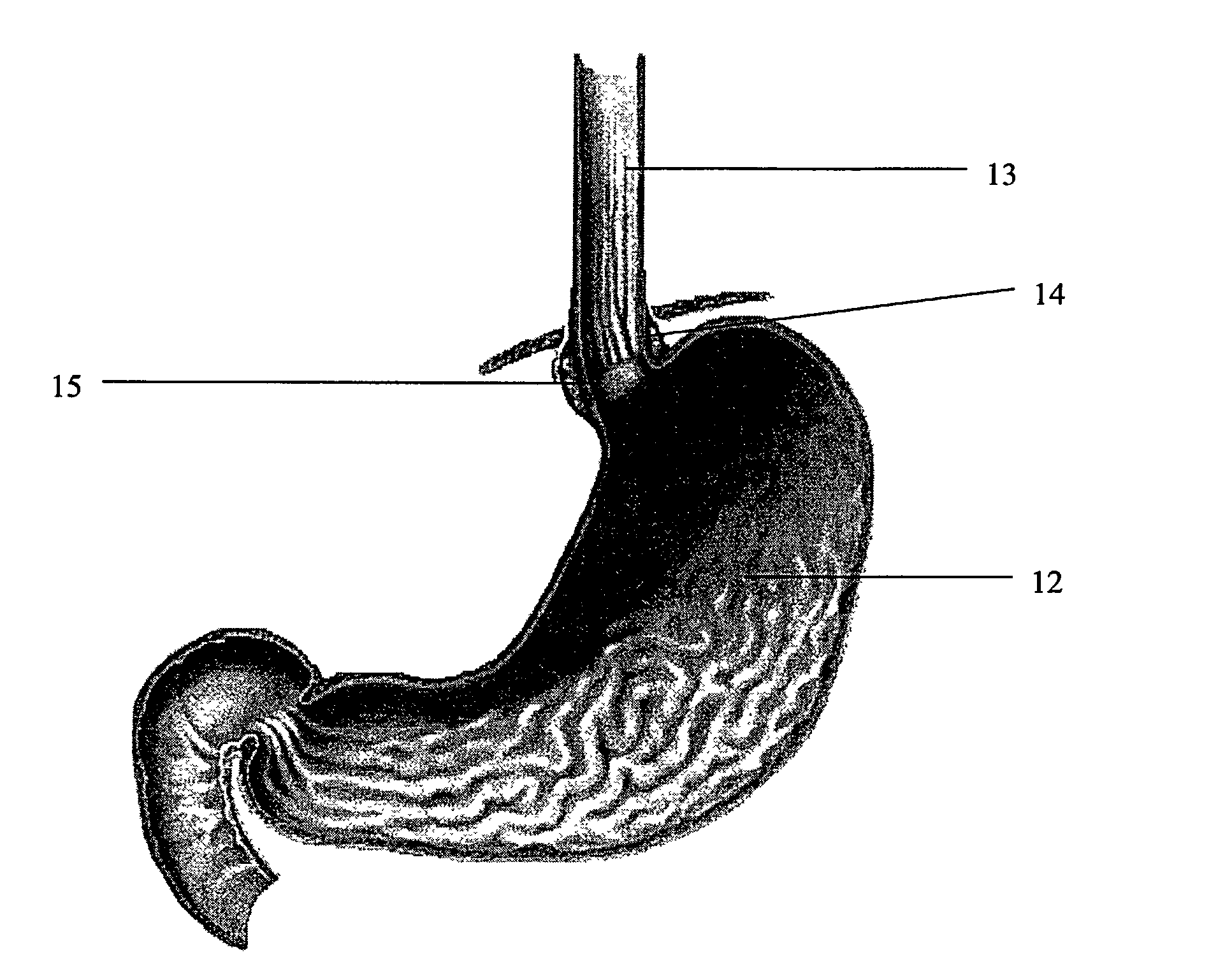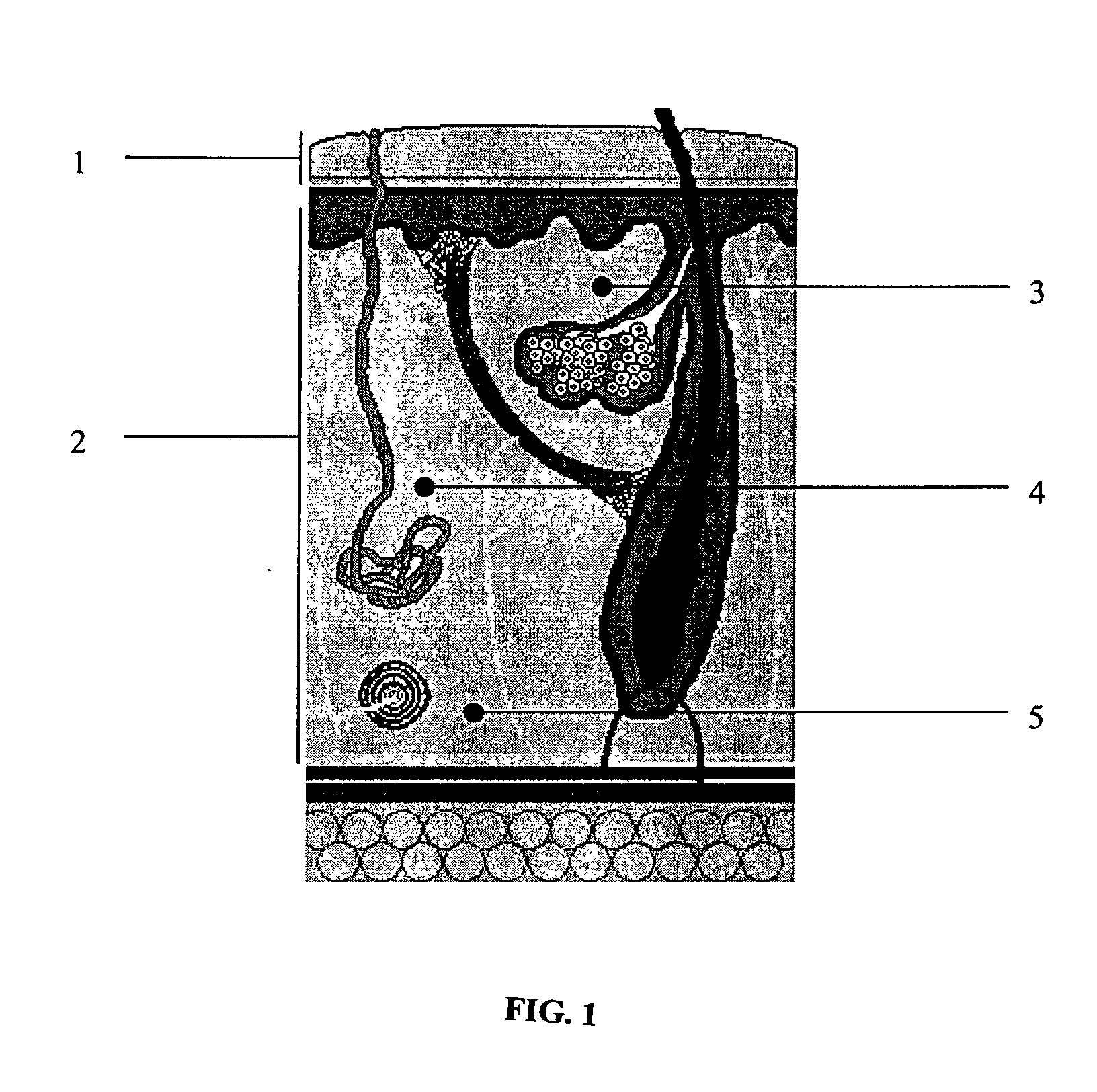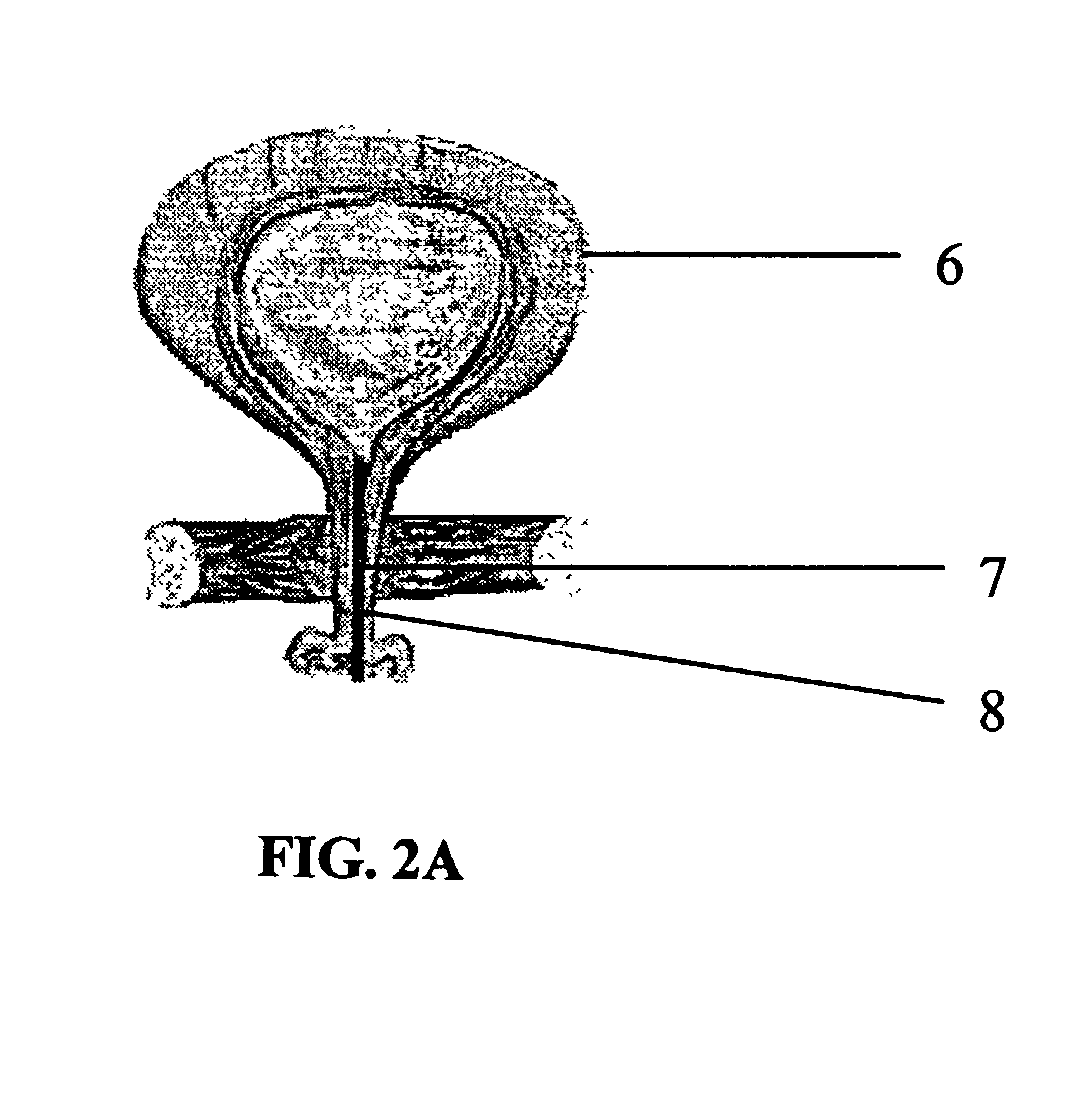Biodegradable injectable implants and related methods of manufacture and use
a biodegradable, implantable technology, applied in the direction of prosthesis, pharmaceutical delivery mechanism, synthetic polymeric active ingredients, etc., can solve the problems of patients' retreatment, patients' pain, and fat injection in the transplant process, and achieve the effect of simple application
- Summary
- Abstract
- Description
- Claims
- Application Information
AI Technical Summary
Benefits of technology
Problems solved by technology
Method used
Image
Examples
example 2
Preparation of Injectables
[0194] The following general procedure was used to prepare the injectables described in the examples.
Phase I: Preparation of Mixtures
[0195] PLA (1 kg) was weighed and subjected to a two-step grinding process. First, the PLA (coarse polymer crystals for 1-PLA) was pulverized to a powder of: .+-.150 / 200.mu. with a verified loss of .+-.5%, resulting in approximately 950 g. usable processed polymer. This powder was then cold micronized (at -80.degree. C.) under an atmosphere of N.sub.2 to obtain a powder of microspheres with diameters ranging from about 40.mu. to about 80.mu. and a mean diameter of about 60.mu., by pressure of gasified N.sub.2 filtered in at a ratio of 0.20.mu. observing a temperature (critical) of -80.degree. C., SCFM air @70.degree. F. & 100 PSIG, steam (lb / hr) @700.degree. F. & 200 PSIG, with a verified loss of .+-.10%, resulting in approximately 855 g. of usable processed polymer.
[0196] The spheres were then prepared with a high-emulsion te...
example 3
Exemplary Formulations
[0213] A lyophilized jar contained:
2 COMPONENTS Mass (mg) % Glycolic Acid (GA) 0.07 0.01 Polylactic Acid (PLA) 200.00 40.81 Hydroxypropylmethylcellulose (HPMC) 118.33 24.14 D-Manitol apirogen 170.00 34.69 pH Stabilizer (di-basic sodium phosphate buffer) 0.50 0.10 Surfactant (Tween 80) 1.20 00.24 Total 490.10 99.99
[0214] This was activated extemporaneously with 5.5 ml of double distilled water for injectable preparations to produce the following injectable:
3 COMPONENTS Mass (mg) % Glycolic Acid (GA) 0.07 0.0012 Polylactic Acid (PLA) 200.00 3.34 Hydroxypropylmethylcellulose (HPMC) 118.33 1.98 D-Manitol apirogen 170.00 2.84 pH Stabilizer (di-basic sodium phosphate buffer) 0.50 0.0083 Surfactant (Tween 80) 1.20 0.02 Double distilled water 5,500 91.82 Total 5,990.10 100.00
example 4
Animal and Clinical Studies
[0215] The injectable implants and bulking agents were used in animal studies and clinical trials to determine their efficacy and safety.
[0216] The following general procedure was used for clinical studies evaluating lipodystrophy and cosmetic procedures employing the injectable bulking agents and implants disclosed herein. Prior to application, a thorough aseptic cleaning of the area to be treated is done with surgical soap and iodine and the area to be treated is marked. 3 ml syringes (e.g., insulin-type) with 26 gauge needles are employed (with the needles destroyed after use). Depending upon the type of treatment, a local or regional anesthetic may be applied. For example, local anesthesia or blocking of branch nerve (infiltrated per cutaneous or oral mucosa) with lidocaine 2% in water may be used for pain relief. The injectable implant is injected with the needle at an angle of between 45.degree. to 55.degree. in designed facial quadrants. A reflux is...
PUM
| Property | Measurement | Unit |
|---|---|---|
| Fraction | aaaaa | aaaaa |
| Fraction | aaaaa | aaaaa |
| Fraction | aaaaa | aaaaa |
Abstract
Description
Claims
Application Information
 Login to View More
Login to View More - R&D
- Intellectual Property
- Life Sciences
- Materials
- Tech Scout
- Unparalleled Data Quality
- Higher Quality Content
- 60% Fewer Hallucinations
Browse by: Latest US Patents, China's latest patents, Technical Efficacy Thesaurus, Application Domain, Technology Topic, Popular Technical Reports.
© 2025 PatSnap. All rights reserved.Legal|Privacy policy|Modern Slavery Act Transparency Statement|Sitemap|About US| Contact US: help@patsnap.com



